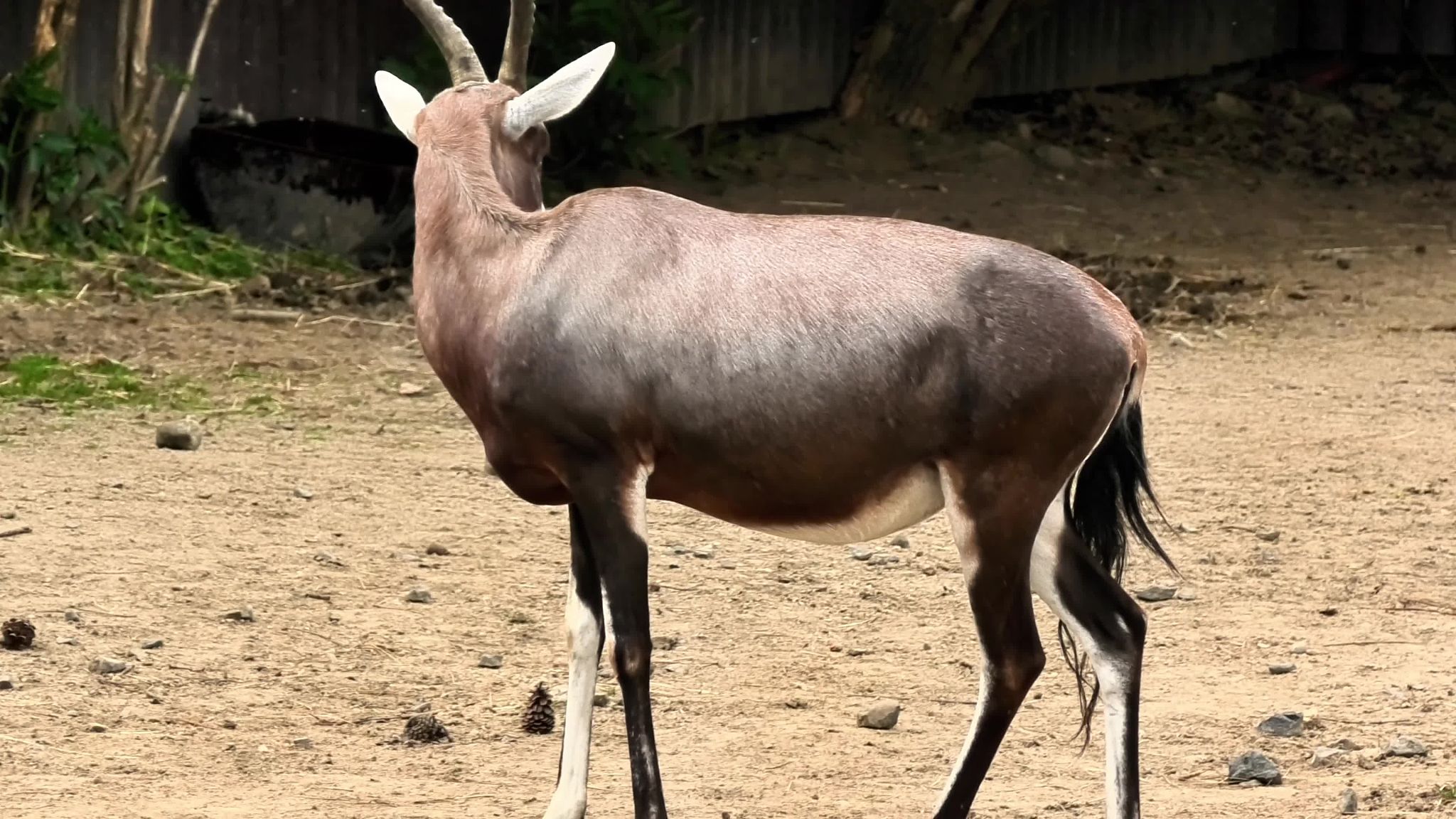Myth-Busting Virtual Reality Safari Experiences: Separating Fact from Fiction
Virtual reality (VR) safari experiences have become a fascinating topic, capturing the imagination of tech enthusiasts and wildlife lovers alike. With the promise of transporting users to the heart of the African savannah without leaving their living room, these experiences are touted as revolutionary. Yet, like any emerging technology, there are myths and misconceptions that surround VR safaris. Let's separate fact from fiction and explore what these digital excursions really offer.
The Reality of Virtual Reality Safaris
One common myth is that VR safaris offer a perfect substitute for traditional, on-the-ground safari tours. While VR technology has made significant strides, it doesn't fully replicate the sensory experience of being in the wild. The sound of rustling leaves, the scent of the earth, and the feeling of a cool breeze on your skin are elements that VR cannot yet mimic. However, VR does provide a visually stunning and immersive experience that can ignite curiosity and appreciation for wildlife.

Access to Unique Wildlife Encounters
Another misconception is that virtual reality safaris limit you to seeing only common or less exciting animals. In fact, many VR safari platforms collaborate with wildlife experts and filmmakers to capture rare and thrilling animal encounters. Through VR, users can witness a pride of lions in action, a herd of elephants at a watering hole, or even the elusive movements of a leopard—all without disturbing their natural habitat.
Moreover, VR technology enables users to observe these animals from perspectives that would be impossible or unsafe in real life. The ability to get up close with a lion or hover above a flock of flamingos adds an extra layer of excitement.
Educational Value Beyond Expectations
Virtual reality safaris are often dismissed as purely entertainment-focused. However, they offer substantial educational value. Many platforms provide informative commentary and interactive features that enhance learning about wildlife conservation, animal behavior, and ecosystem dynamics. For students and educators, VR safaris can serve as powerful tools to engage with environmental studies in a more dynamic way.

These experiences can also raise awareness about the challenges faced by animals in the wild, such as poaching and habitat loss. By bringing these issues to life through immersive storytelling, VR safaris can inspire action and support for conservation efforts.
Breaking Down Accessibility Barriers
A significant advantage of VR safaris is their ability to make wildlife experiences accessible to a wider audience. Not everyone has the means or opportunity to travel to Africa for a traditional safari. VR technology opens up these experiences to individuals who may be limited by financial constraints, physical disabilities, or geographic barriers.
For those unable to travel due to age or health reasons, VR safaris offer an opportunity to explore the world from the comfort of home. This democratization of access is one of the most powerful aspects of virtual reality technology.

The Future of Virtual Reality Safaris
Looking forward, the potential for VR safari experiences is vast. As technology continues to evolve, the realism and interactivity of these experiences will only improve. Future developments could include multisensory enhancements, real-time streaming from wildlife reserves, and more personalized safari journeys based on user preferences.
In conclusion, while virtual reality safaris may not completely replace traditional safaris, they offer an exciting alternative with distinct advantages. By dispelling myths and understanding the true capabilities of VR, we can better appreciate this innovative way to experience and learn about the natural world.